How does the kneader work? What is the basic principle?
 Dec 29,2021
Dec 29,2021

 JCT
JCT
Believe this confusion of many people, let Laihong explain to everyone: the kneader is produced by a pair of mutually cooperating and rotating Σ blades to produce a strong shearing effect, so that the semi-dry state or the rubber-like viscous plastic material can make the material Rapid reaction to obtain uniform mixing and stirring, that is, the speed of a stirring paddle is fast, and the speed of a stirring paddle is slow, so as to generate shearing force. Different paddle speeds enable rapid shearing of the mixed materials, so that the materials can be mixed. Evenly. This is how the kneader works.
The kneader is an ideal equipment for kneading, mixing, vulcanizing, and polymerizing high-viscosity, elastic-plastic materials. It can be used to produce raw materials such as silicone rubber, sealants, hot melt adhesives, food gum bases, pharmaceutical preparations, and cosmetics.
The kneader was developed by Heinz Rees, and this technology became quite popular once it appeared in the processing industry.
There are mainly the following categories of kneaders developed to the present:
The heating method of the kneader is different according to the heat medium: electric heating kneader, high temperature type kneader, etc.
The types of kneaders are also divided into: ordinary type, vacuum kneader, high temperature type kneader, etc.
Although there are so many categories above, most of the kneaders work in the same principle.
The kneader is mainly composed of five parts: the kneading part, the base part, the hydraulic system, the transmission system and the electronic control system. In the hydraulic system, a hydraulic station controls the large oil cylinder to complete the opening and closing function, and the hydraulic system uses a hydraulic station to control the oil cylinder to complete functions such as cylinder turning and lid opening. The detailed parameters can be arbitrarily selected and operated by the user. Convenient and reliable. The transmission system is composed of a motor, a reducer and a gear, and the motor is matched according to the model of the kneader.
The transmission part of the kneader is driven by the motor to synchronize the speed, after the elastic coupling to the reducer, the output device drives the fast pulp to reach the specified speed, and the speed can also be adjusted by the frequency converter.
The kneader has two Σ-shaped blades. The speed of the two blades is different. Different speeds can be set according to different processes. The most common speed is 42/28 revolutions per minute.


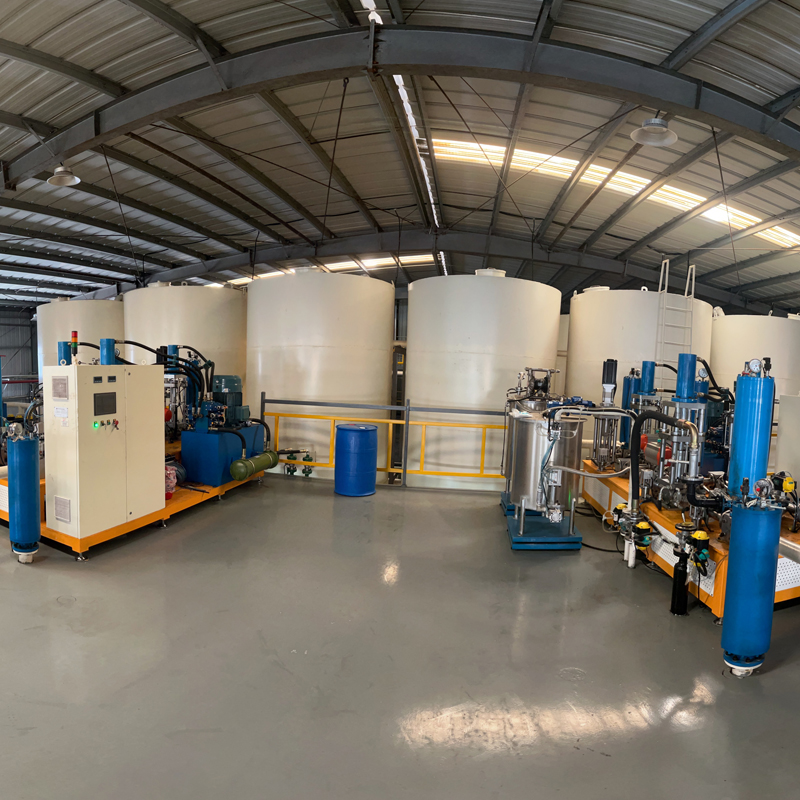
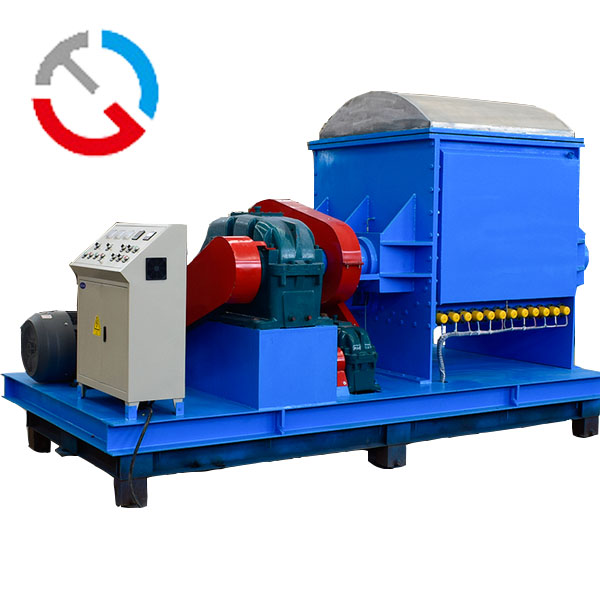
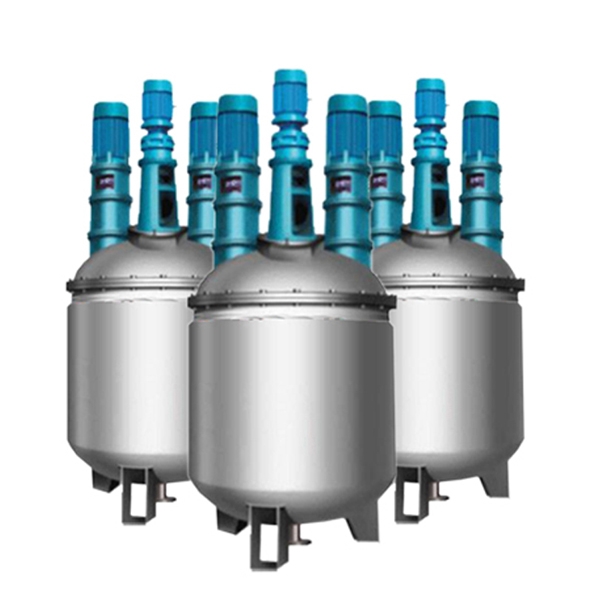
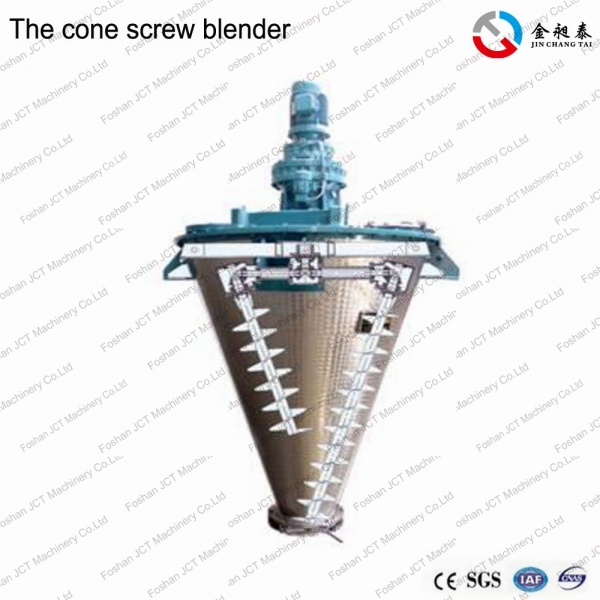


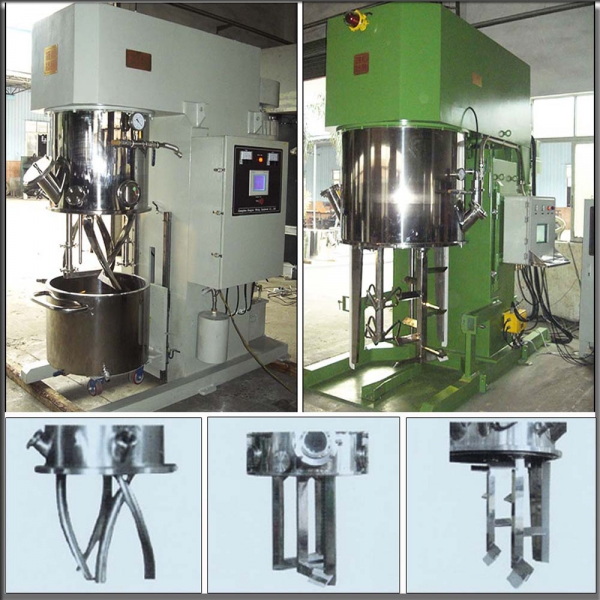





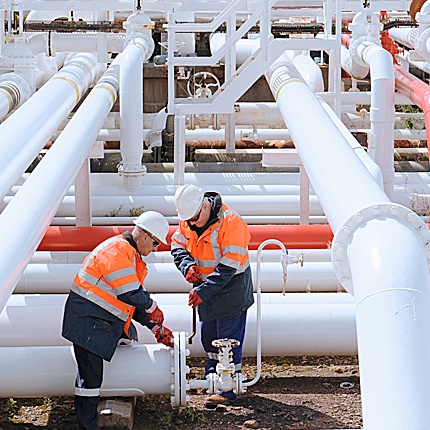

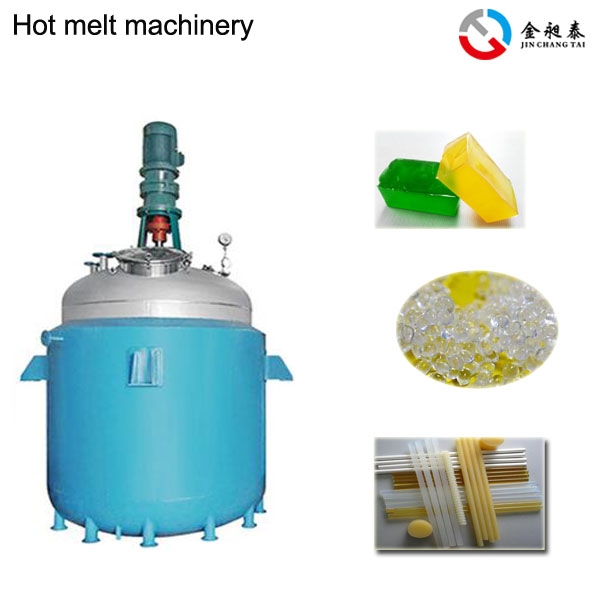
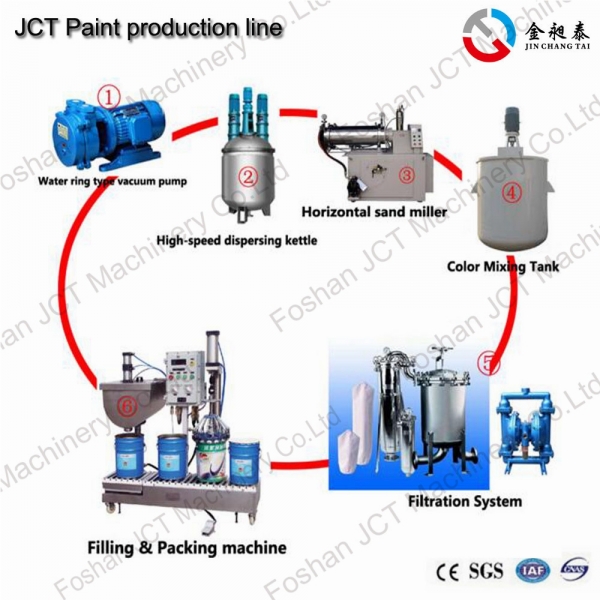
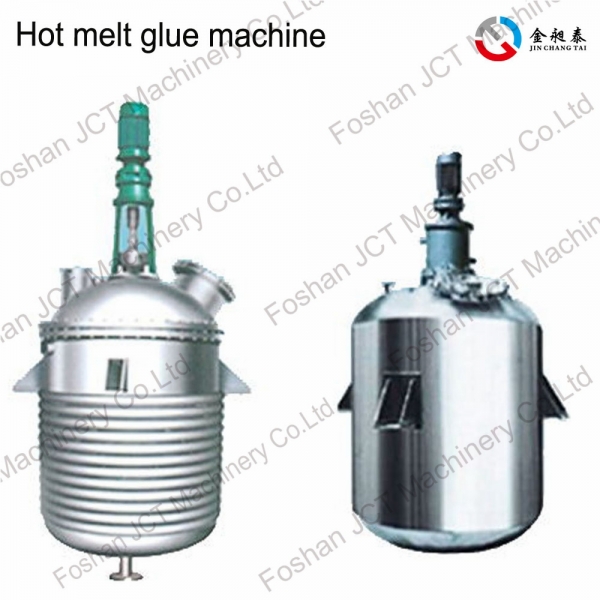
 CN
CN
 HOME
HOME

 Why is only
Why is only  You May Also Like
You May Also Like
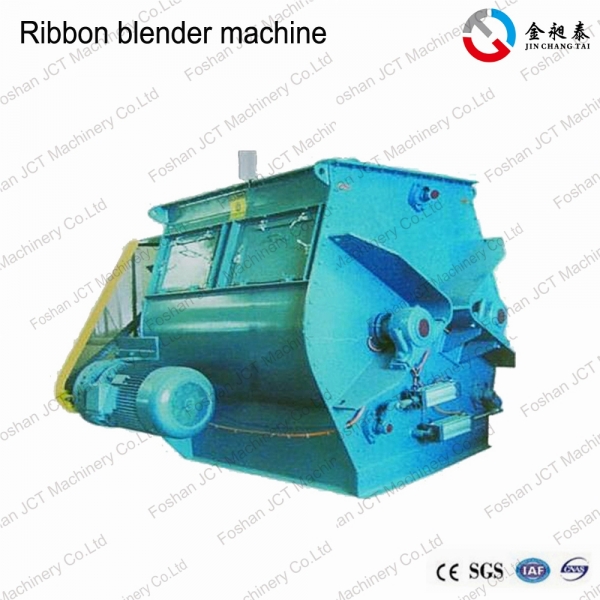

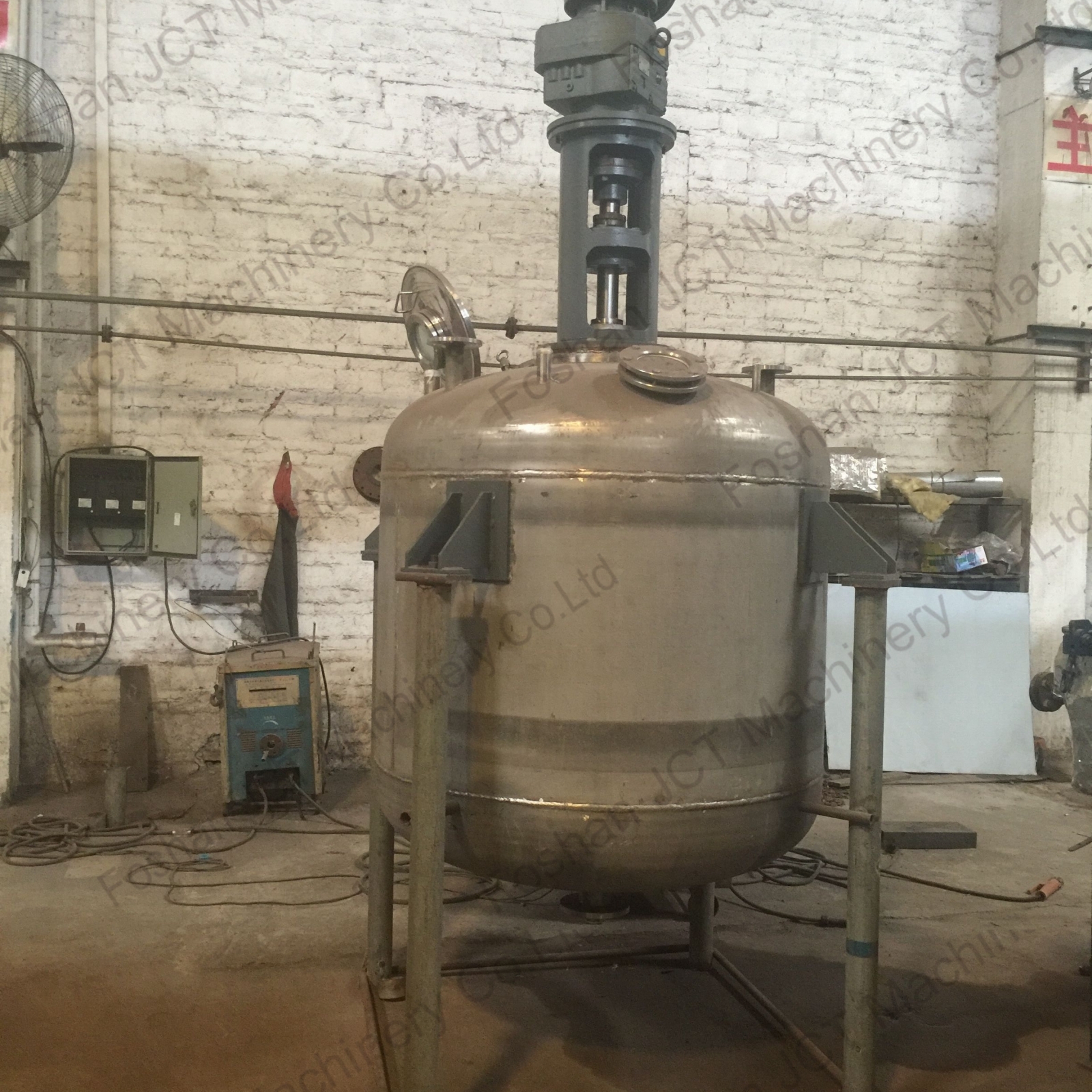
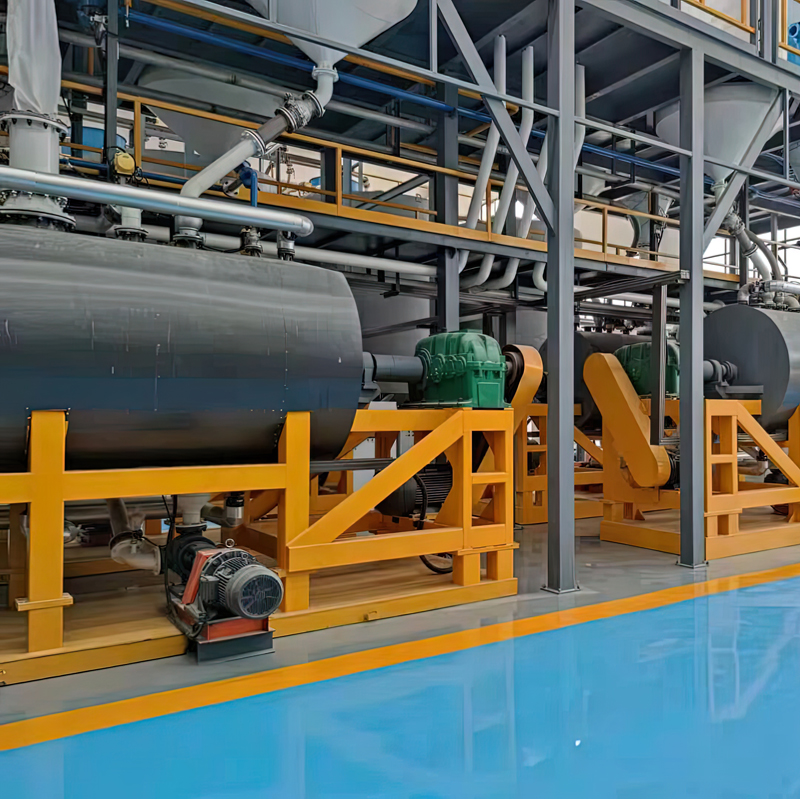
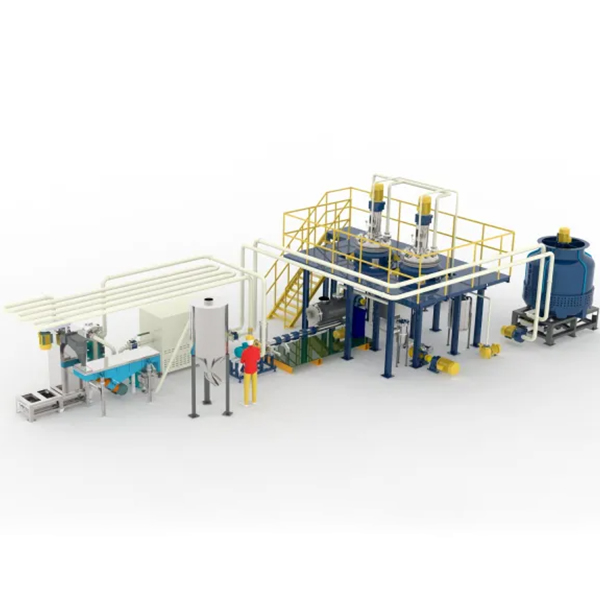

 Tel
Tel
 Email
Email
 Address
Address










